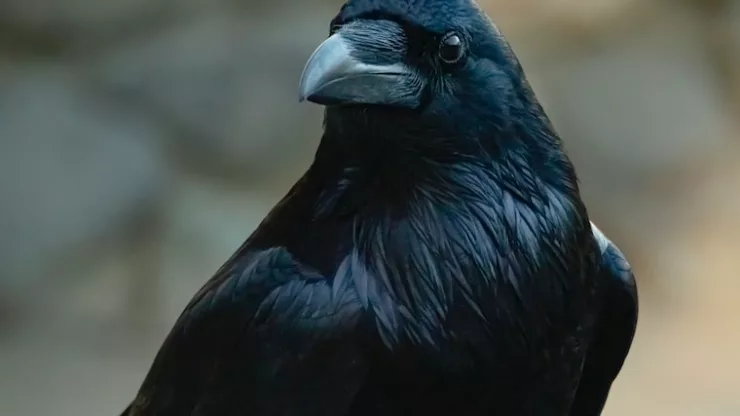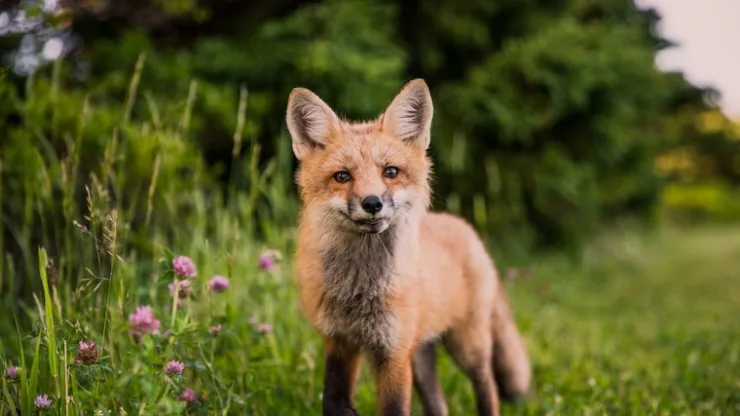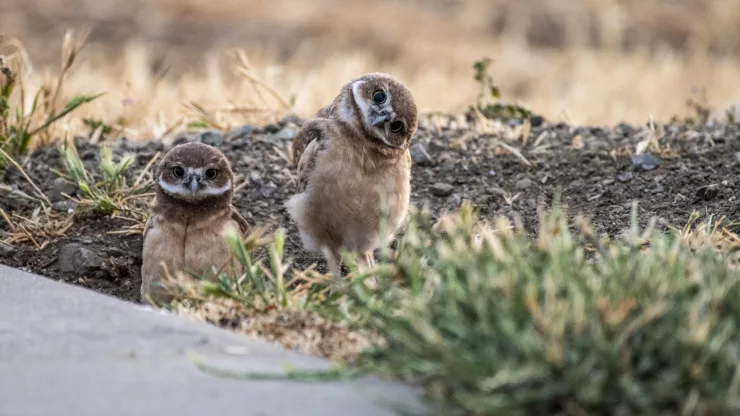Urban Bird Conservation: Thriving with Migratory Birds
Cities are often viewed as concrete jungles where humans dominate and nature is scarce. But, cities can also be thriving habitats for birds, particularly migratory birds.
Urban bird conservation is a growing movement that seeks to protect and enhance bird populations in cities while improving the quality of life for both humans and birds.
Migratory birds play a vital role in urban bird conservation as they connect natural habitats across continents and act as indicators of the health of ecosystems.
By embracing the beauty of urban bird conservation and harnessing the power of migratory birds, cities can become havens for birds and humans to coexist in a sustainable and vibrant environment.
Jump to Section
Embracing the Beauty of Urban Bird Conservation
Urban bird conservation is not just about protecting birds, but also about improving the quality of life for humans.
Birds provide numerous ecosystem services such as pollination, seed dispersal, pest control, and nutrient cycling.
They also bring joy and wonder to people’s lives through their beauty, song, and behavior.
But, urbanization poses numerous threats to bird populations such as habitat loss, fragmentation, pollution, and collisions with buildings and vehicles.
These threats can be mitigated through various conservation measures such as creating bird-friendly habitats, regulating artificial lighting, reducing pesticide use, and enforcing building codes.
Bird-friendly habitats can be created in various urban spaces such as parks, gardens, green roofs, and even window sills.
These habitats should provide food, water, shelter, and nesting sites for birds and be designed with their specific needs in mind.
For example, planting native plants and avoiding the use of pesticides can attract insect-eating birds and enhance biodiversity.
Regulating artificial lighting is crucial for migratory birds that rely on celestial cues to navigate during their long journeys.
Light pollution can disrupt their circadian rhythm and cause them to collide with buildings or become disoriented.
Simple measures such as turning off unnecessary lights or using light shields and motion sensors can reduce light pollution and save birds’ lives.
Building codes should also be enforced to prevent bird collisions with buildings, especially during migration season.
Measures such as using bird-friendly glass, installing bird netting or screens, and avoiding reflective surfaces can make buildings safer for birds without compromising their aesthetic or functionality.
Harnessing the Power of Migratory Birds for a Thriving City
Migratory birds are not just beautiful and fascinating creatures, but also crucial for maintaining the health of ecosystems and the services they provide.
Migratory birds connect habitats across continents and act as indicators of the health of ecosystems.
Their presence can enhance biodiversity, reduce pest populations, and pollinate plants.
Cities can harness the power of migratory birds by creating bird-friendly spaces and protecting their stopover sites during migration.
Cities can also participate in international bird conservation efforts and collaborate with other cities to create a network of bird-friendly cities.
Creating bird-friendly spaces can attract migratory birds and enhance their chances of survival during their long journeys.
Cities can create bird-friendly habitats by providing food, water, shelter, and nesting sites that meet the specific needs of migratory birds.
For example, planting native plants that produce fruits and seeds can attract insect-eating and frugivorous birds, while providing artificial water sources can prevent dehydration.
Protecting stopover sites during migration is crucial for migratory birds to rest, refuel, and recover from their long journeys.
Cities can identify and protect stopover sites such as wetlands, shoreline areas, and green spaces, and reduce disturbances such as habitat destruction and noise pollution.
Protecting stopover sites can also benefit local bird populations and enhance the ecological services they provide.
Participating in international bird conservation efforts can also benefit migratory birds and cities.
International agreements such as the Convention on Migratory Species and the Ramsar Convention on Wetlands protect migratory birds and their habitats and promote international cooperation.
Cities can also collaborate with other cities to create a network of bird-friendly cities that share knowledge, resources, and experiences.
Urban Bird Conservation: A Thriving Future
Urban bird conservation is not a luxury but a necessity for a sustainable and thriving future.
By embracing the beauty of urban bird conservation and harnessing the power of migratory birds, cities can become havens for birds and humans to coexist in a vibrant and sustainable environment.
Urban bird conservation is not a one-time effort but a continuous process that requires the involvement and commitment of various stakeholders such as governments, NGOs, businesses, and citizens.
Cities that prioritize urban bird conservation can reap numerous benefits such as improved air quality, reduced noise pollution, enhanced biodiversity, and increased sense of community.
Urban bird conservation is not just a matter of protecting birds but also a matter of protecting ourselves and the planet we share.
By thriving with migratory birds, cities can pave the way for a sustainable and harmonious future for all.
I’m a nature enthusiast and creator of Metro Wilds and have spent years exploring the great outdoors.
With a passion for environmental conservation and sustainability, I have dedicated my career to writing about the beauty and wonders of nature, as well as the threats facing our planet.
Contact me at [email protected] for assistance.





